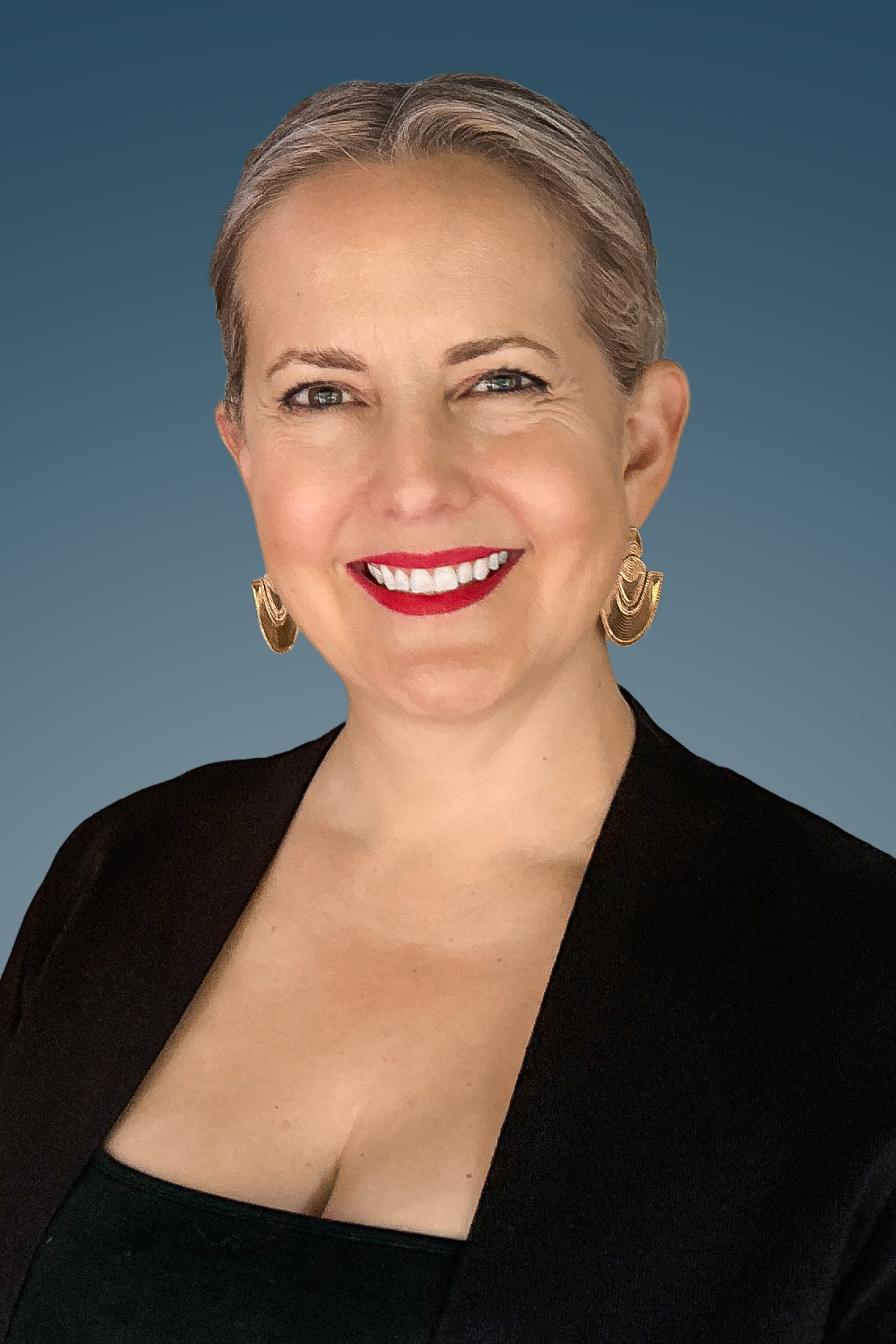In a podcast episode of The Podcast by KevinMD, Dr. Sarah Samaan discusses how “in 2022, 85% of new physicians coming out of residency programs cite[d] work-life balance as their number one concern.” Not only that, but as opposed to previous generations where women faced more pressure to focus on their families, “work-life balance [has become] equally important for men and women.”
Being an effective and hardworking leader or clinician does not automatically translate to being present at home. Cultivating healthy relationships with loved ones requires striking a work/life balance. But how can a busy professional achieve this without sacrificing either component?
Earlier this year, I published a video called “How can doctors and C Suite executives in high stress roles maintain healthy relationships?”. Here are some of my strategies for maintaining work/life balance as a doctor and a leader:
Communication
Communication in a work and personal context are worlds apart.
It is important to invest time and energy into making your personal relationships bidirectional. As mentioned in an article from BetterHelp, a therapy company, steps to improve communication with your partner can include ensuring you set aside quality time with each other, running errands together and planning time off from work.
It is just as important to truly use that time as a vacation and placing space between yourself and your work for some predetermined length of time – as author and inspirational speaker Simon Sinek puts it, “Vacation means you’re not working on the beach. That’s just telecommuting from a beach.”
Setting Boundaries (and Priorities!)
Setting boundaries is also crucial – especially if you tend towards people-pleasing.
Some leaders set too many boundaries while others say “yes” to nearly everything. Either extreme can be detrimental, but it is important to keep in mind that there must be harmony between the professional and personal components of your life. As Dr. Samaan says, citing art theory, “asymmetric balance feels like the most reasonable and most creative way to develop our own personal balance.” While the “work” and “family” pieces may not be exactly equal, it is important to achieve some sense of peace.
Just as it is important to set boundaries, it is equally important to know your priorities.
The more seamlessly you are able to incorporate both work and life into your schedule, the happier you will be since those two are no longer in conflict. For instance, Sinek suggests“schedul[ing] time at the gym in the middle of the day if that’s when you like working out.”
Maintaining Connections
The focus in achieving work-life balance is often on setting aside time for one’s family – but it is important not to forget other relationships.
Often, professional circumstances make it difficult to make time for friendships. One simple step to take is to meet up with friends whenever possible, say, for one lunch break during a work trip. As a blog post from mindfulness app Calm states, “scheduling regular catch-ups, even if they’re just virtual coffee dates, can keep the friendship active and thriving.”
If you aren’t able to do this, sending a thoughtful email or text message can help (but these aren’t a replacement for those check-ins). Try your best to be present for your friends, physically or emotionally, when they achieve a huge milestone, face a setback, or suffer a loss. As long as you are being intentional about it, it is possible to prevent losing touch with those who are important to you.
Summary
Work-life balance is different for each individual based on their circumstances, abilities, and priorities.
Practicing two-way communication, setting boundaries, assessing your priorities, and being intentional can help you evaluate and address issues in your work-life balance effectively.







